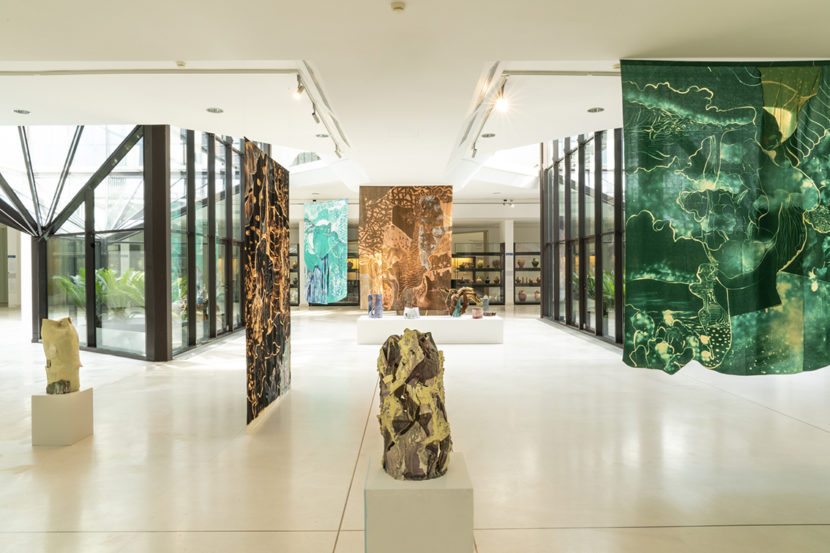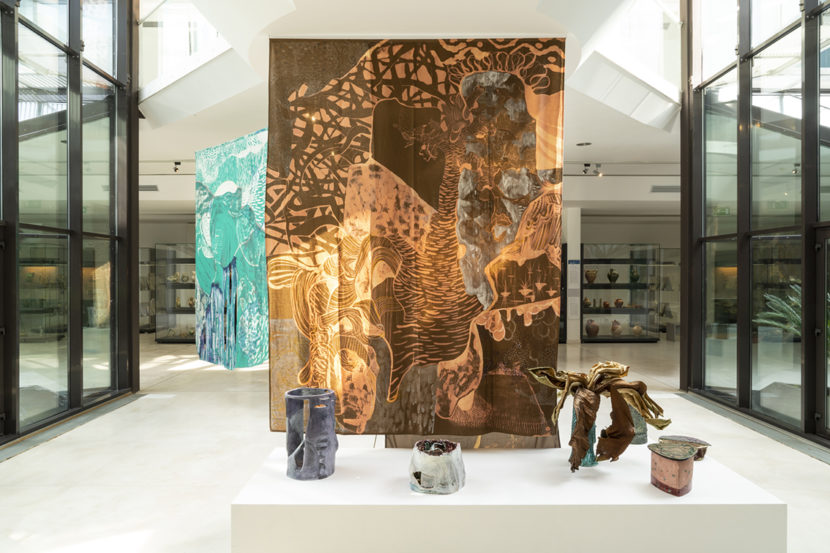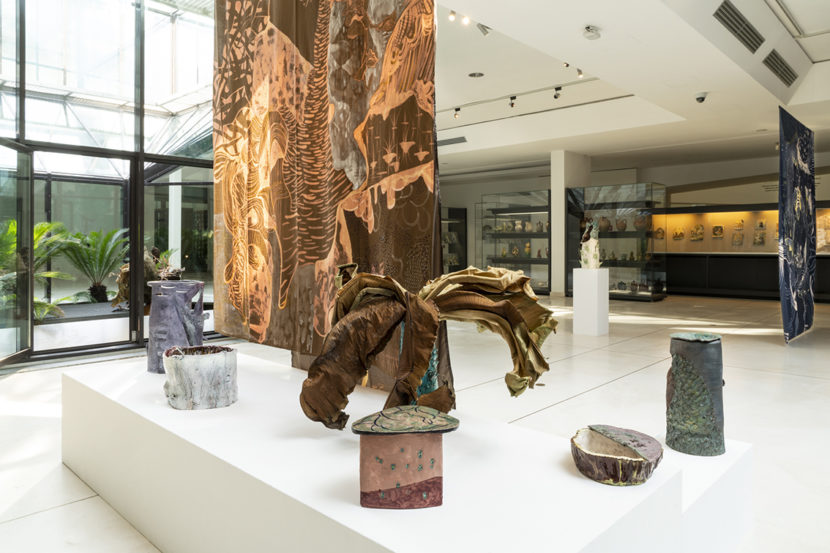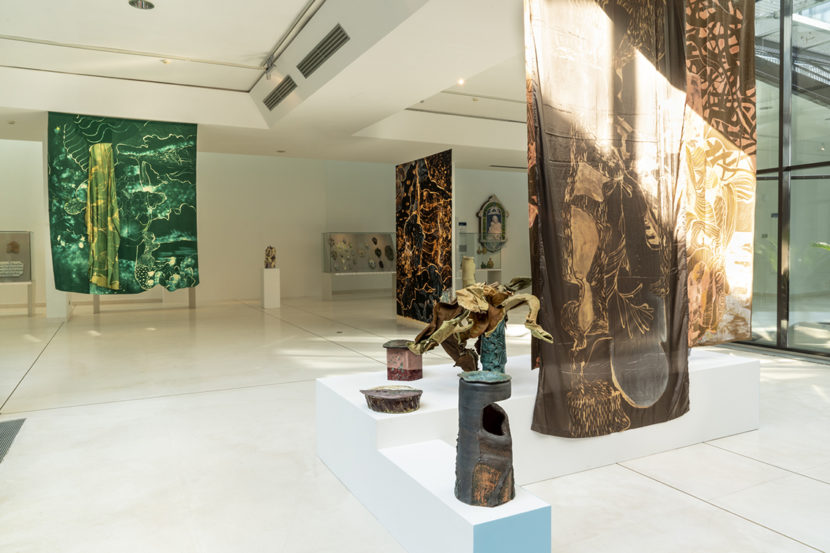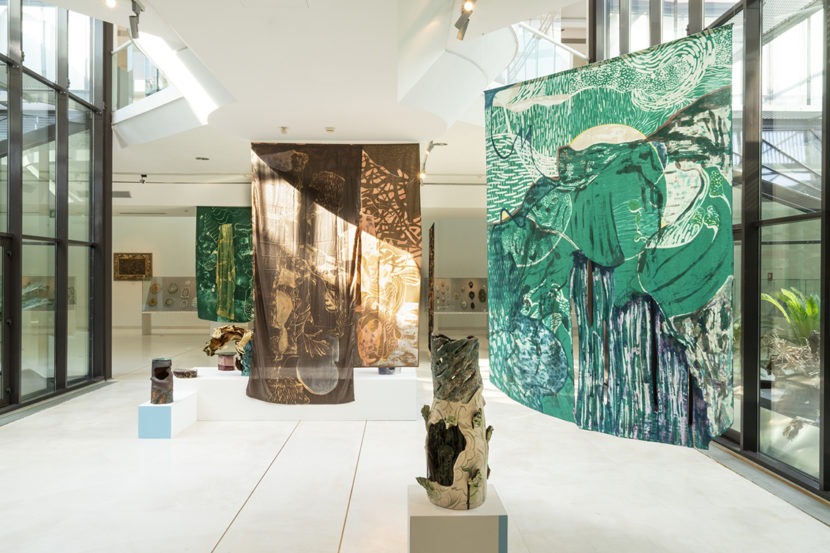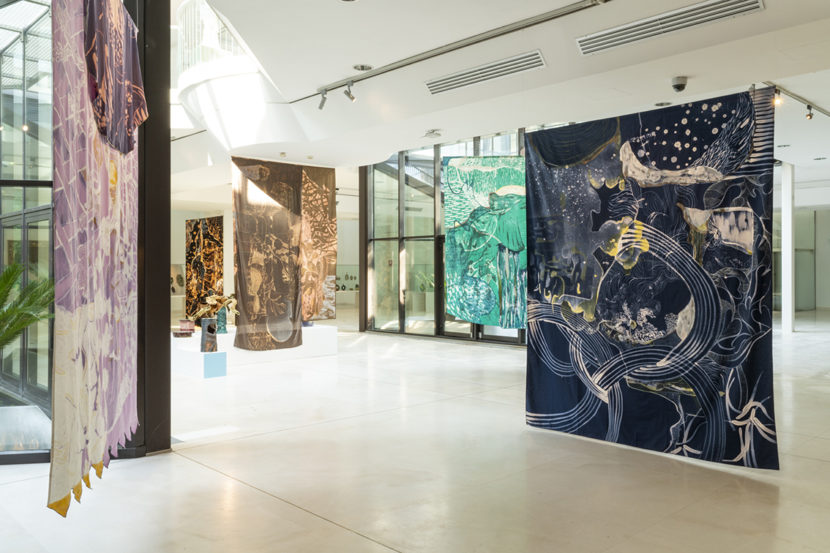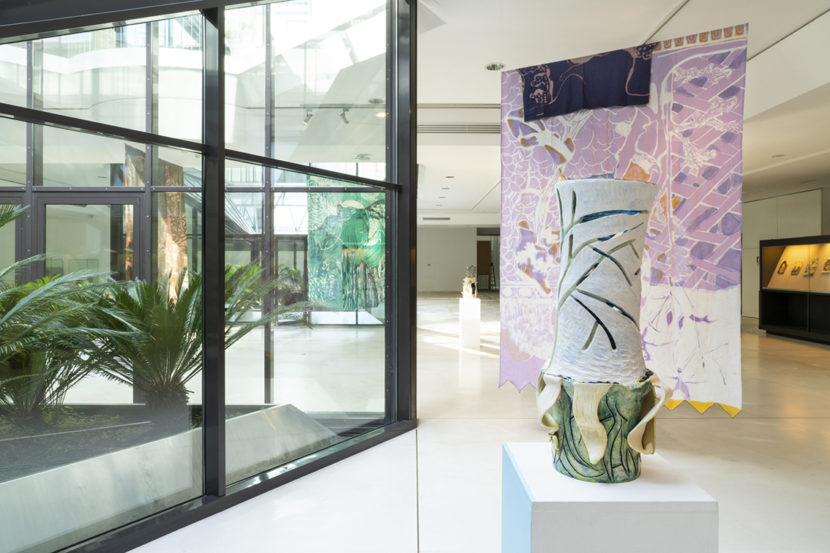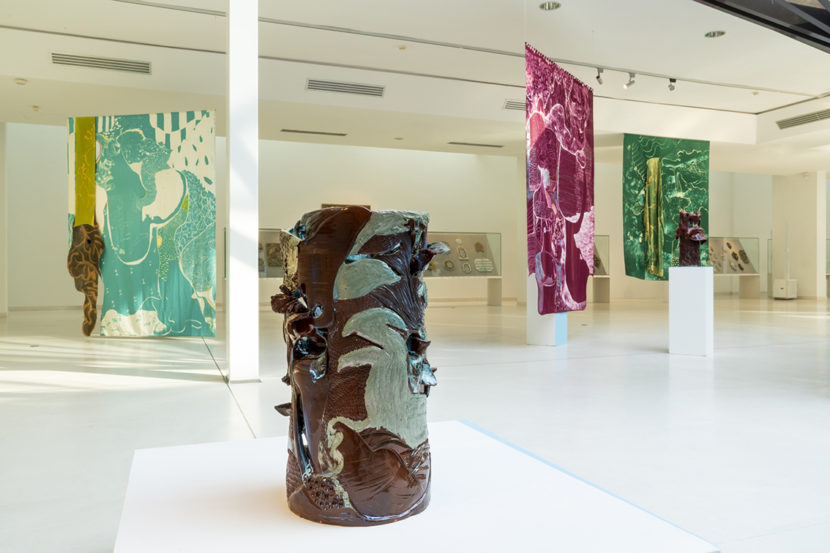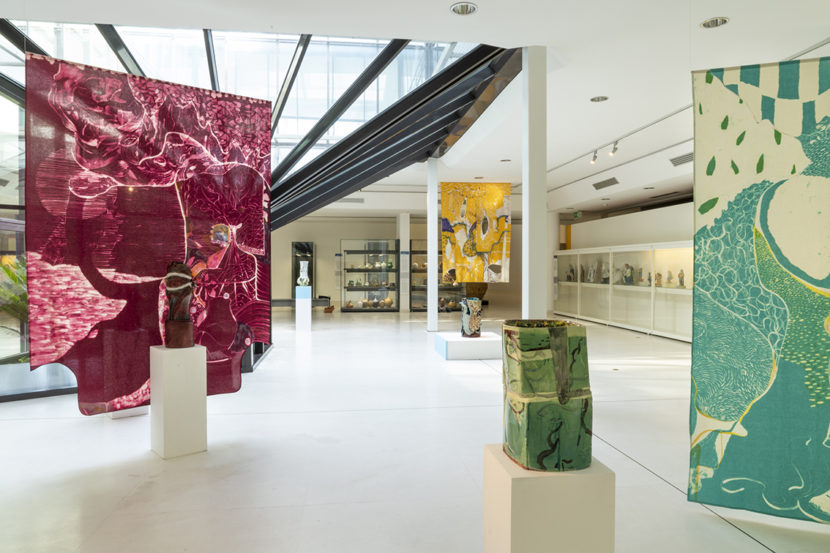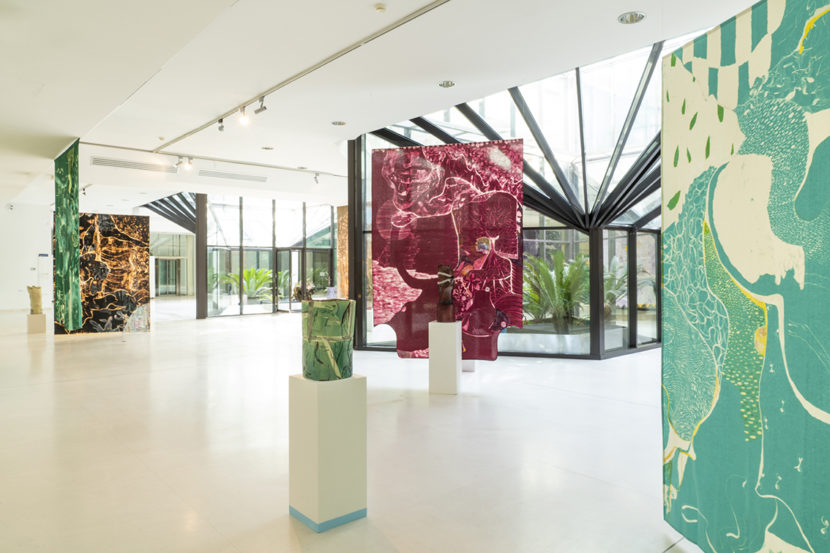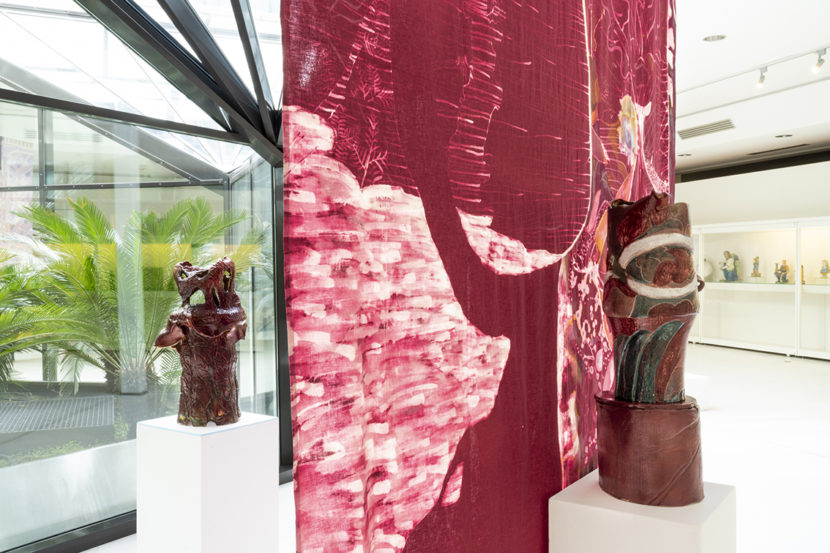Vertigo. Walking on the edge of the tone
Mic ceramic Museum in Faenza (IT)
12nd of September to 22nd of October 2018
Solo show Alessandro Roma
Curated by: Irene Biolchini
Ph Andrea Piffari
Alessandro Roma’s solo show, opening on the 12 of September 2018, is the result of more than one year of collaboration with the artist, who after visiting and living the Museum, has worked and produced inside its spaces. Vertigo is a new way of arranging the shows dedicated to the newest trend of contemporary art – something that the museum has started back in 2011. Within this new methodology the Museum is not only hosting the show, but is rather an active partner. During the year of production, the artist created an open dialogue with the team, examined our Photographic Archive, explored the deposits, walked through the collection and consulted the unique volumes of the library. In other terms, the artist had access to the multiple resources of the Museum, a unique case in the world scene in terms of chronologic and geographic extension of the collection. Moreover, during the frequent visits to the Museum, the artist created also eight new works, produced inside the Museum, in the educational section established by Bruno Munari. As it was in Munari’s intention, in which contemporary artists were invited to create an open dialogue with the structure, the MIC actively contributed to the creation of the artworks. The slow and progressive building of the show, allowed the artist to create an open dialogue between the ceramics and the last year of his production, giving birth to a ‘vertigo’ effect in which painting and ceramics are melt in a site specific installation. In show there are several big textiles that amplify the ceramics. The spectator walking through the show will gain experience of a labyrinth in which he can loose the orientation. After Ceramics Now, in which the contemporary ceramic production was presented examining its multiple languages and variations, even Roma’s solo show is re-discussing the idea of painting, sculpturing and crafts. The catalogue will reflect this continuity including both the painting and the ceramic production of the recent years. Texts are written by Irene Biolchini, curator of the show, and Marina Dacci, who for several years has been following the artist.
It
Vertigo apre ad una nuova metodologia in cui il Museo non è solo ospite, ma parte integrante della costruzione progettuale dell’intervento. Nel corso dell’anno di costruzione della mostra, infatti, Alessandro Roma ha dialogato con il personale del Museo, ha esaminato l’archivio fotografico, esplorato i depositi, passeggiato tra le vetrine e consultato i volumi unici della biblioteca. In altri termini, l’artista ha avuto accesso alle numerose risorse scientifiche ed operative della struttura faentina che rimane un caso unico all’interno della scena mondiale per vastità geografica e cronologica delle collezioni. Questa frequentazione continuativa ha generato la produzione di otto nuovi lavori in ceramica, prodotti all’interno del laboratorio didattico del Museo Internazionale delle Ceramiche, fondato da Bruno Munari. Come era stato nel progetto di Munari, in cui artisti contemporanei dialogavano direttamente con la struttura, il MIC ha in questo caso prodotto i lavori esposti all’interno della mostra Vertigo. Walking on the edge of the tone. La costruzione lenta e progressiva della mostra ha permesso di poter integrare le ceramiche prodotte a Faenza con un anno di ricerca dell’artista, dando vita ad un ‘gorgo’ immaginativo in cui pittura e ceramica si fondono in un’installazione ‘all over’ pensata site specific. All’interno degli spazi interrati del Museo, infatti, le grandi stoffe dipinte da Alessandro Roma nell’ultimo anno si presentano come un progetto ambientale che amplifica la forza cromatica delle ceramiche. Lo spettatore che attraversa lo spazio è esposto ad un labirinto pittorico in cui perdere, serenamente, l’orientamento.
Review Artribune by Lorenzo Madaro 12 settembre 2018 Link
Exibart by Silvia Conta 7 ottobre 2018 Link

